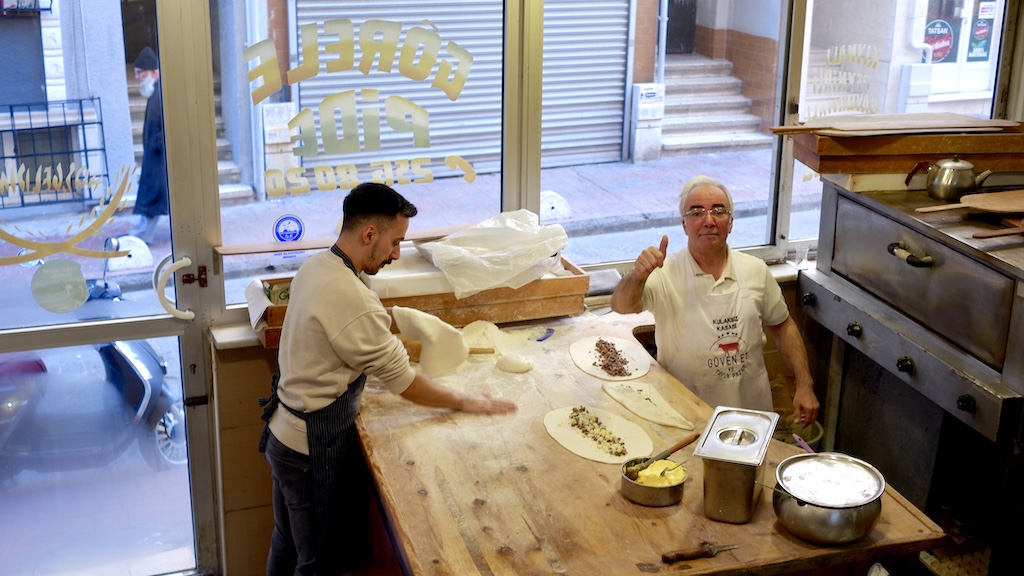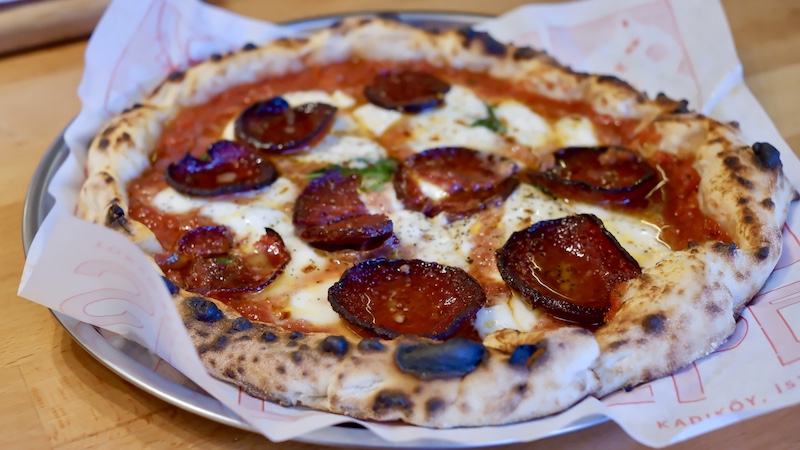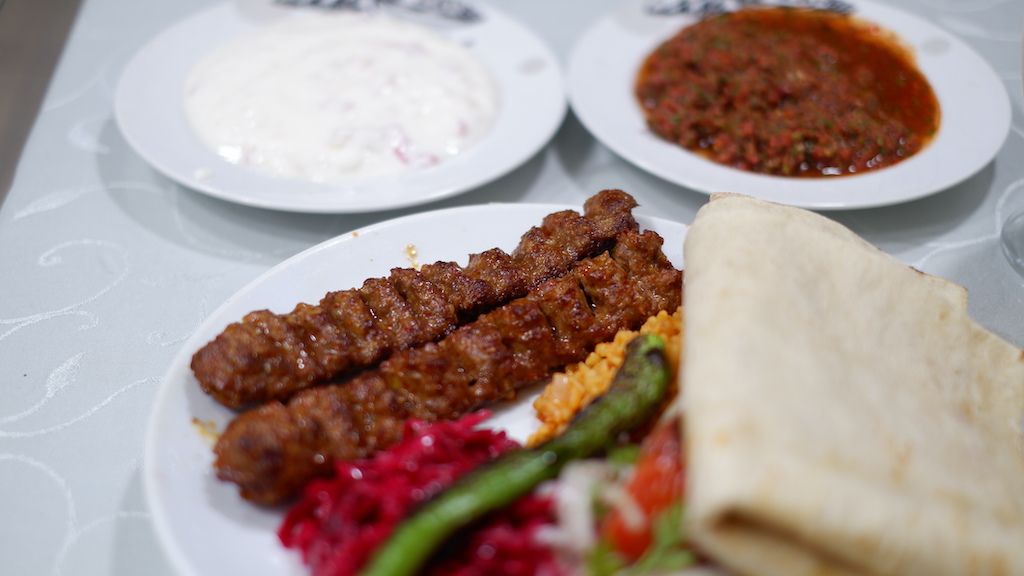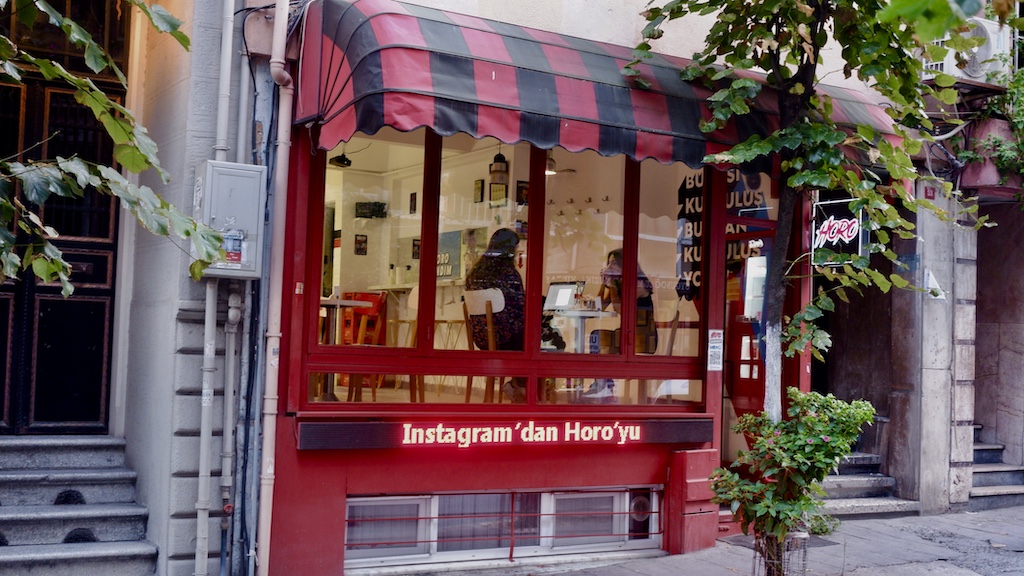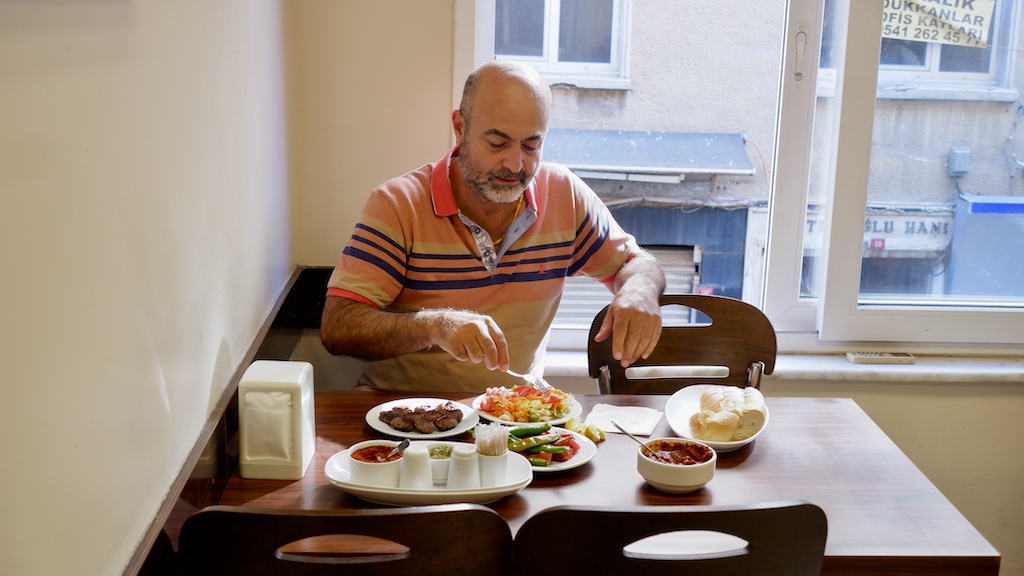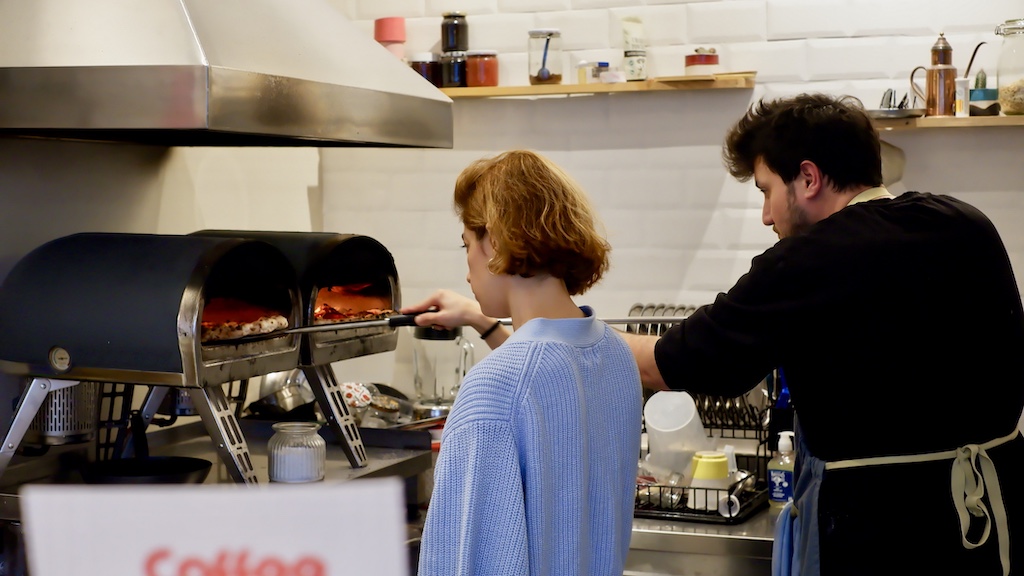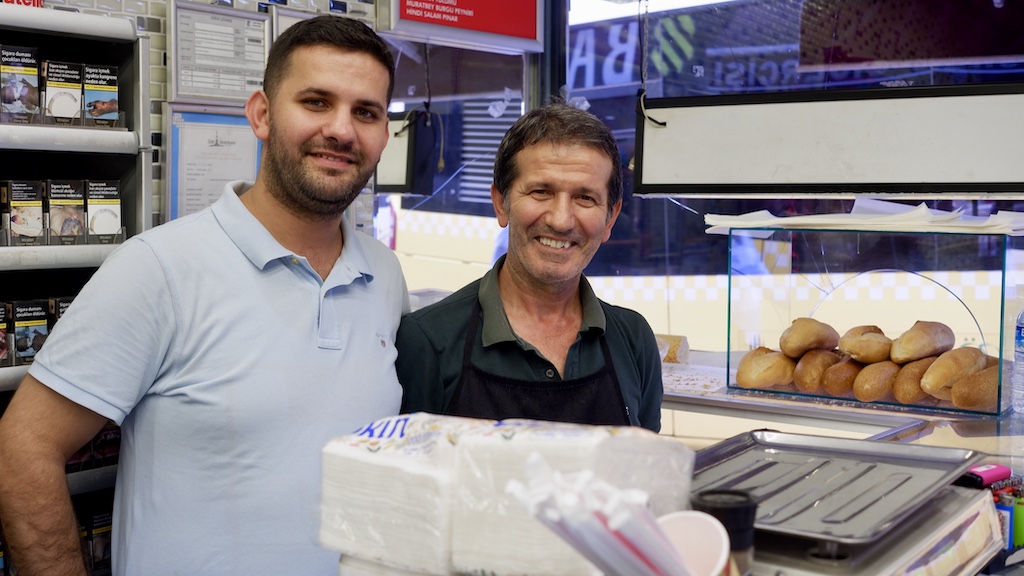We can't find the internet
Attempting to reconnect
Something went wrong!
Hang in there while we get back on track
Search results for "Paul Benjamin Osterlund"
Istanbul
Görele Pidecisi: Pide Perfection
In the steep hillside Kulaksız section of the Beyoğlu neighborhood, Şakir Sefer nimbly weaves dough stuffed with small piles of kıyma (ground beef) or strips of pastırma (cured, spiced beef) into the shape of a canoe before sending it into the flame-licked depths of a massive stone oven. It's after lunch rush but things are still busy at Görele Pidecisi, a classic shop that specializes in Black Sea-style pide, different configurations of baked decadence in which meat and cheese mingle as the dough cooks, only to be enriched with a dollop of yellow butter that melts quickly and a whole egg that reaches over-easy on its own in the heat of the toppings.
Read moreIstanbul
Salepepe: Istanbul’s Globetrotting Pizza
The fourth time was the charm when we finally were able to take a seat at Salepepe, a five-stool pizza bar in the exceedingly hip neighborhood of Yeldeğirmeni, located in Istanbul's Kadıköy district on the Anatolian side of the city. When we first went, the restaurant was closed due to selling out early, while the next attempts involved lines out the door, and those in line had dibs on the last pies of the day. But we weren't about to give up after hearing lots of hype about the first and only Tokyo-style Neapolitan pizza joint in Istanbul, which was opened at the beginning of 2023 by 34-year-old Altuğ Şencan, a photographer by trade who long wanted to open his own restaurant.
Read moreIstanbul
Saaf-i Kebap: Grand Bazaar Grillers
It's a busy fall weekday in Istanbul, the weather is perfect and the streets around Istanbul University, the Beyazit Mosque and the iconic Grand Bazaar are buzzing. In the late afternoon, shopkeepers are scrambling to make their last sales while the best restaurants in the area are getting ready to close. Mediocre establishments are open later into the night, with employees brandishing large menus and coaxing tourists through their doors. Avoiding the crowd around one of the bazaar's main entrances, we saunter down a side street where things instantly feel more local. We've come to the specific address of a kebab restaurant recommended by friend and intrepid Istanbul walk leader Benoit Hanquet, but there is no such eatery in sight.
Read moreIstanbul
Horo Burger: Messy Masterpiece
Situated on a pleasant corner in the heart of Kurtuluş is an unlikely yet warmly welcomed addition to this beloved neighborhood's excellent food scene: Horo Burger, which only features Sloppy Joes on its menu. While the name of this American classic conjures pleasant memories of family dinner for some and horrifying flashbacks from the school cafeteria for others, Horo's take on the Sloppy Joe is faithful yet elevated, just as put-together as it is messy.
Read moreIstanbul
Kardeşler Köftecisi: Meatball Hideaway
On a side street just behind the lower edge of the Grand Bazaar lies a small, unsuspecting sign directing one up a flight of stairs to Kardeşler Köftecisi, a no-frills, hole-in-the-wall shop that has been serving grilled meatballs (köfte) for more than half a century. Unlike many nearby restaurants on the touristy strip, no one is trying to pressure you to go inside and there is no English menu, or any menu at all, for that matter. Kardeşler Köftecisi is truly an esnaf (small tradesmen’s) restaurant, as most of their customers work in the massive covered market and in other shops in the vicinity.
Read moreIstanbul
Best Bites 2023: Istanbul
This year was one of tragedy and tumult for Turkey, as the devastating earthquakes of February 6 ripped through the southeast of the country, leaving more than 50,000 dead and displacing millions. If that weren't enough, the focus then shifted to highly-polarizing general and presidential elections held at the end of spring, with the economy spiraling ever downward and unofficial inflation rates soaring past three digits. The Turkish lira continued losing value and the prices of so many consumer goods increased every couple of days. The word “expensive” lost all meaning. Having established that gloomy context, the Istanbul food world nevertheless remained resilient. There’s still excitement to be found in the form of excellent spots that further confirm our belief that we could never run out of intriguing places in this sprawling city.
Read moreIstanbul
Pangaltı Sandviç: Diminutive Deli, Huge Flavor
Ergenekon Avenue, the busy, one-way street that separates the Istanbul quarters of Kurtuluş and Pangaltı, is particularly bustling at the Osmanbey metro exit. For years now, the heavy foot traffic has outgrown its narrow sidewalks, peaking into an insurmountable throng at evening rush hour. On one side is an expansive walled Levantine Catholic cemetery, while the other side of the avenue marks the beginning of Kurtuluş, with its dead-straight residential backstreets running in parallels. These have quickly become home to an array of bars, cafes, restaurants and meyhanes that have popped up within the past several years and seem to keep multiplying. But nestled into a small storefront on the crowded Ergenekon is Pangaltı Sandviç, a tiny delicatessen that has been selling sandwiches made with top-notch ingredients since 1996, long before any of these newcomers.
Read more